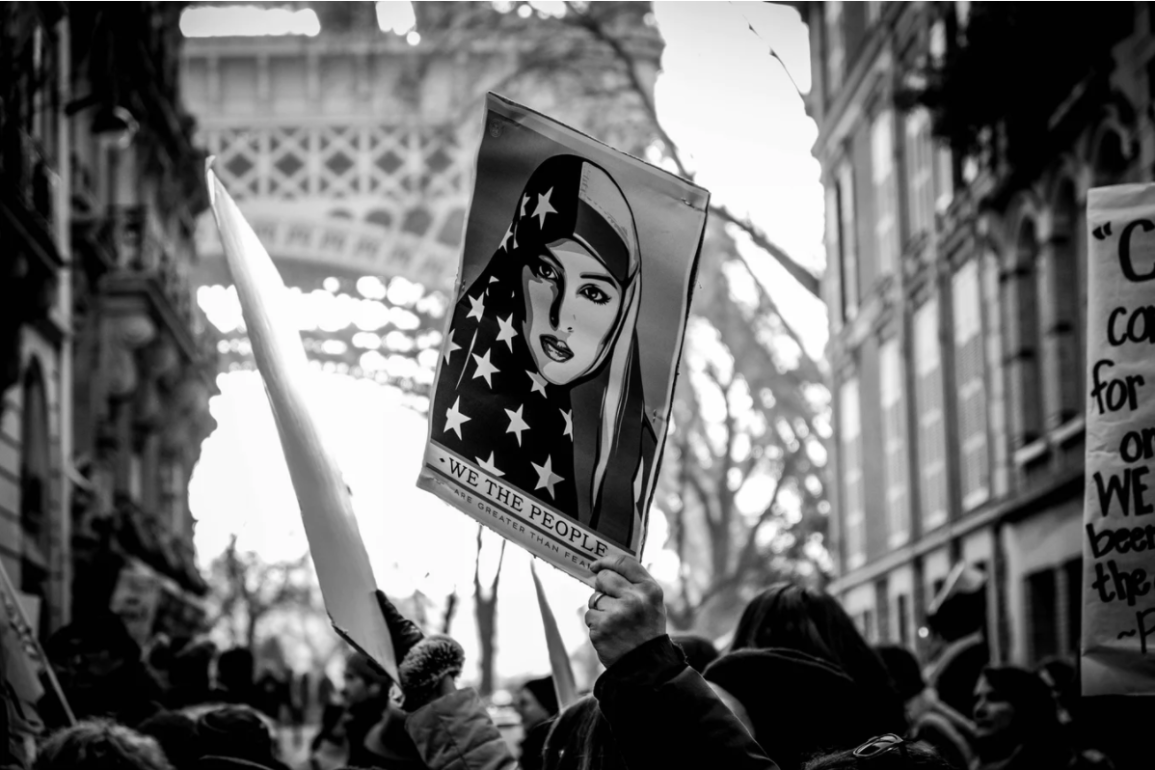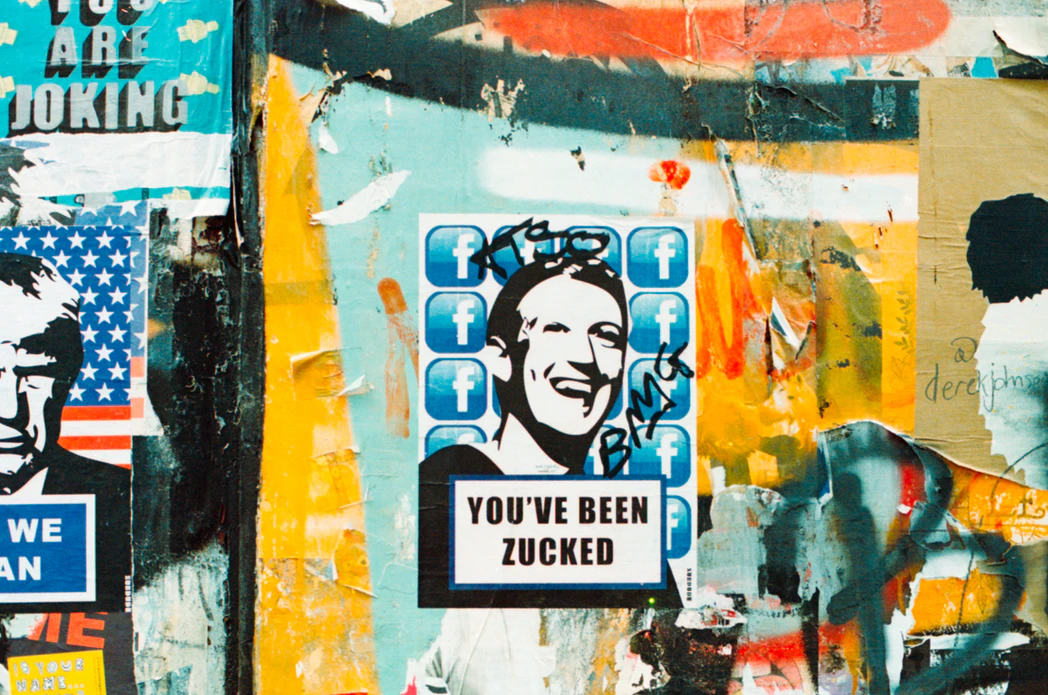
Sometimes, engaging young people and moving them up the ladder of engagement is one of the biggest challenges nonprofits face in this fast-paced world. How can you connect with millennials when hundreds of other companies are vying for their attention, their money, and their time?
It takes strategy and determination. Think of it like a spy mission: you’ve got to meet them where they’re at, and interact with them the way they want. If you’re not doing it, someone else will – because contrary to popular belief, millennials are more engaged than ever, you just have to know how to really reach them.
The Millennial Impact Report is an annual study of millennials’ cause engagement, and their newest 2017 report The Power of Voice: A New Era of Cause Activation and Social Issue Adoption predicted that the millennial generation will end up being “the most vocal generation in nearly half a century.” Trust us, you want this generation on your side.
The millennial generation:
- Thinks voting is important; 66% think it will lead to the change they want to see, 71% think voting’s a form of activism, and more than ¾ think it’s the duty of every citizen. This means that you have a whole lot of people who will want to help you with your GOTV and social justice efforts.
- Engages more locally vs. nationally. Encourage them to join local campaigns you’re running.
- Knows that slacktivism isn’t the answer. Social media did rank high amongst actions taken, but it was much lower ranked when it came to being the action that millennials believed would actually create change. Make sure you have a multi-faceted approach for each of your campaigns.
- Is most interested in causes related to civil rights and racial discrimination, employment, and healthcare reform right now. These are different than the top causes they were interested in throughout 2016, so stay on your toes, and make sure your issues are relevant to this demographic.
- Took the following actions for causes and social issues they most care about: voted, signed petitions, posted on social media, changed spending habits, contacted political representatives, participated in marches and/or rallies, donated to organizations, and participated in protests. This generation wants to make a difference, give them the platform to amplify their voices.
- Self-identified differently based on gender when it came to social causes. Women identified more with the label “supporter” while men identified more with the label “activist.” Think about your demographic, and be conscious of the language you use in an effort to reach the most people.
Really, this all boils down to figuring out how your audience wants to engage with you and on behalf of your issues. And the only way you can do that is by talking to them. Research your demographics, interview them, survey them, and take lots of notes. Don’t do things because you like the idea, do them because your audience is excited and wants to get involved. Now, get out there and start listening. Activate: Mission Millennials.



